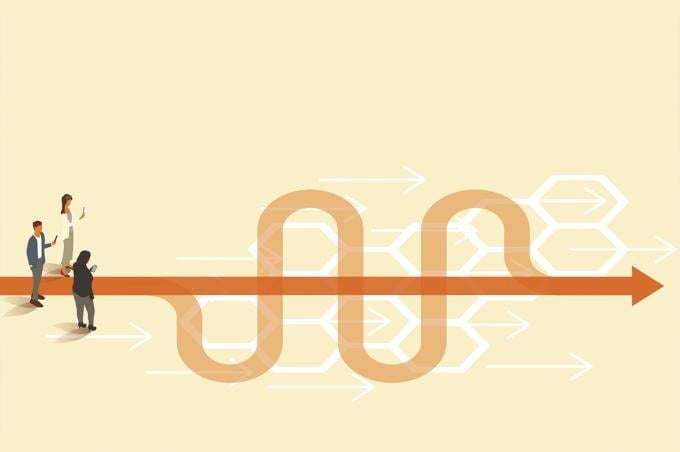Effective chief wellness officers must inhabit many traits. They must have compassion, empathy and patience, as well as tenacity and resilience. They should also have a keen understanding of the health care system, according to Susan Parisi, MD.
Such a job too often has no road map. Chief wellness officers frequently have to build the road as they go, noted Dr. Parisi, an ob-gyn.
“Having that firsthand knowledge of the challenges that clinicians face is really paramount,” she said. As the first chief wellness officer of the Geisinger health system in Pennsylvania, Dr. Parisi applies her own personal experiences as a physician to drive changes for her fellow doctors. Geisinger is a member of the AMA Health System Program, which provides enterprise solutions to equip leadership, physicians and care teams with resources to help drive the future of medicine.
“There really is no substitute for understanding what it feels like to finish a day of seeing patients and have your heart sink when you know you have 20-plus charts to complete,” said Dr. Parisi. In an episode of “AMA Update,” she discussed the steps she’s taken with a multidisciplinary team to improve wellness and reduce physician burnout.
Reducing physician burnout is a critical component of the AMA Recovery Plan for America’s Physicians.
Far too many American physicians experience burnout. That's why the AMA develops resources that prioritize well-being and highlight workflow changes so physicians can focus on what matters—patient care.
The right role at the right time
Having a chief wellness officer sends a message to your health care workforce that leadership is serious about this work, Dr. Parisi emphasized. “It's not just checking a box.”
“During the pandemic, we were all working really hard to keep our health care systems working and our patients cared for,” she noted. “And those of us that were working in this space predicted that there would come a time when the stress—both emotional and physical—would catch up with us.”
Geisinger implemented this role at the exact right moment, she said. Its leaders have readily embraced the role, showing a willingness to work with Dr. Parisi and her team. “I feel very much supported in the work and throughout the system.”
Getting a pulse on daily life
Dr. Parisi’s first task was to get a grasp of the scope of needs at Geisinger and get a baseline pulse on what its physicians, nurses, staff and learners were facing in their day-to-day work.
The next step was to leverage national best-practice frameworks and system well-being data as the “North Star” to develop strategic programs that supported those needs, said Dr. Parisi.
Many well-being programs just on physicians and nonphysician providers. Geisinger expanded the role to encompass all health care workers, “which was not surprising after seeing the impact of the pandemic and the impact it had on all the sectors of the health care workforce,” she said.
Responding to trauma
Dr. Parisi also helped update Geisinger’s peer-support program, revamping and relaunching it “to have a more proactive approach.” The health system has an effective well-being navigator program, and a personal crisis-response team for unexpected events that go beyond the experiences of everyday life in health care.
Dr. Parisi credited a “small but mighty team” of social workers, a program director, and program coordinators who have assisted her with this work.
“For me individually, when I have an individual—a physician or a nurse or a staff member or a leader—say to me, ‘I'm really glad you're here,’ you know that’s success,” she said.
“AMA Update” is your source for physician-focused news. Hear from physicians and other experts on trending public health concerns, practice issues and more—because who’s doing the talking matters. Catch every episode by subscribing to the AMA’s YouTube channel or listen to all AMA podcasts at ama-assn.org/podcasts.




